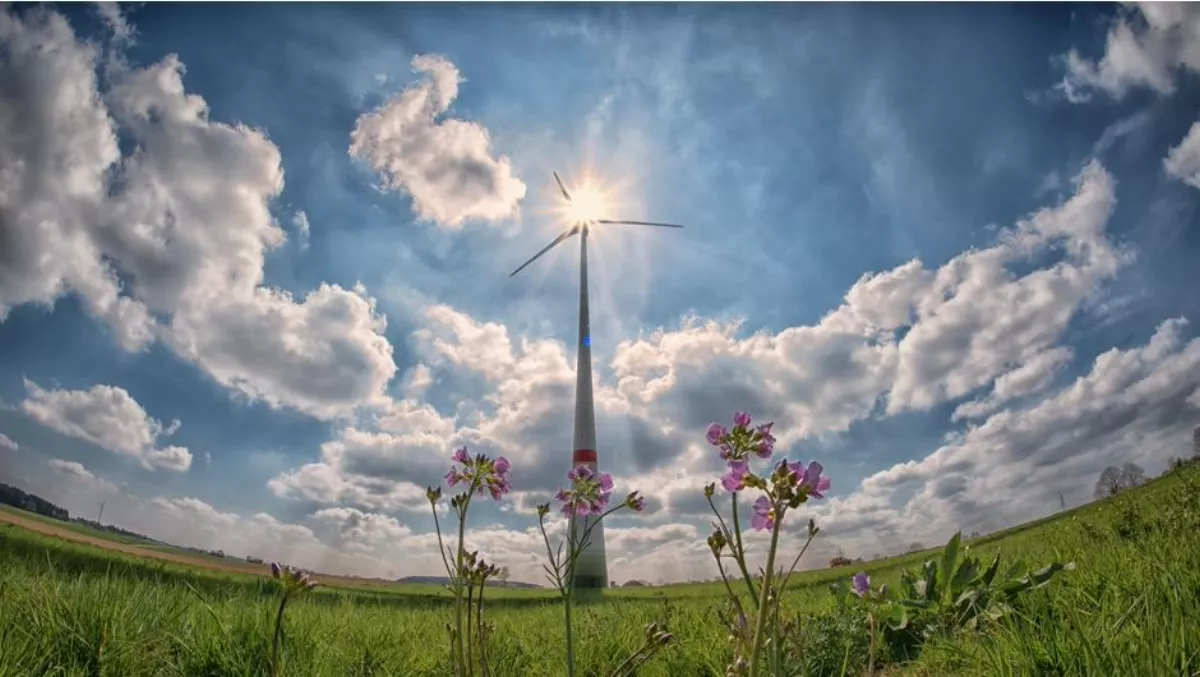
Optimising data centre energy efficiency in a world of renewables
The world's appetite for data is growing as businesses and processes go digital. To feed this demand, experts believe that the ICT industry will be responsible for 14% of global emissions by 2040. Singapore, a growing tropical data center hub which accounts for 60% of Southeast Asia's data center market, expects to see data centers consume up to 12 percent of the country's total energy demand by 2030, according to projections.
Many data centers already recognise the need to reduce their energy usage, placing emphasis on energy efficiency as a key priority. Soon, the efficient consumption of energy will become more than a matter of sustainability for data centers. This year, Singapore became the first Southeast Asian country to launch a carbon tax, which could potentially drive up energy costs and directly impact the business bottom line.
It's extremely encouraging that more and more energy providers are moving towards renewable energy sources. Last year, Asia accounted for almost two-thirds of the world's new renewable energy capacity. It is also the world's fastest-growing region in renewable energy capacity, achieving a substantial 13.1 percent in growth.
Nonetheless, renewable energy remains volatile. If the move to a low carbon economy is going to be achieved, the data center industry needs to use renewable energy whilst at the same time maintaining a steady power supply.
The impact of renewable energy on data centers
As the energy market speeds up towards a fuel-free future, the production of renewable energy sources continues to be subject to weather and environmental conditions. With renewable energy being so volatile and hard to accurately predict, there are bound to be challenges with balancing electrical supply. Moreover, the natural frequency stabilisation mechanism of the grid and the amount of inertia is decreasing. This creates greater, faster frequency transients, especially during notable faults.
The unstable nature of a volatile electricity supply is not ideal for data centers, which depend on a reliable and steady source of energy. With a spike in renewable energy sources and an ever-rising demand for electricity, the power quality in the grid is bound to be affected.
As data centers strive to go green, how they can become more energy efficient in the face of fluctuating power quality and volatile electricity supply? Given that data centers consume so much energy, every move they make can go a long way in helping the energy providers to maintain power quality by balancing power generation with consumption.
Companies will find that they benefit the most by identifying their goals and objectives for their data center infrastructure. Speaking to trusted power management experts, they can gain an assessment of how their data centers are performing and where potential areas of improvement are. From there, they can look to customise energy solutions to fit their unique needs.
Casting our sights ahead, the data center industry and energy providers in Asia can look at the UPS-as-a-Reserve (UPSaaR) data center solutions that are already being pioneered elsewhere in the world. It can even reward enterprises monetarily for not drawing, or even supplying electricity back to the national power grid.
Keeping power up and running: data centers as a regulator
Companies within the energy sector need to help other organisations immediately respond to power demands at the grid-level in order to keep frequencies within confined boundaries. This reduces the possibility of grid-wide power outages that will affect all consumers connected to it.
A UPSaaR service allows data center operators to put the UPS to work as part of a virtual power plant that allows them to take part in the demand-side market. The UPS can be used to support the grid by replacing demand with the power taken from batteries.
The power that is released is then seamlessly regulated in parallel with the UPS rectifier to provide an accurate response, independent of the load level. Data Center operators can subsequently support the grid in regulating frequency and be rewarded with extra revenue for doing so. Such a model is already implemented in the UK, with enterprises enjoying returns of up to 50,000 euros per MW power allocated to the grid per year. This would help offset the total cost of ownership of the UPS or contribute to making the data center far more competitive from a pricing perspective.
Eaton is an example of an organisation that has demonstrated that UPS systems and batteries can be efficiently and safely deployed to carry out demand-side response operations with minimal risk to the UPS's primary purpose.
Data Centers can truly act as a system for change, assisting Asia in its sustainability ambitions. By helping energy providers balance consumption with the generation of power, and by returning electricity back to the grid, they can make a true positive impact on reducing the Asia's overall carbon footprint while driving economic growth. Moving forward, the energy market and data centers in Asia should work closely together to adopt a greener and smarter approach to energy usage.

